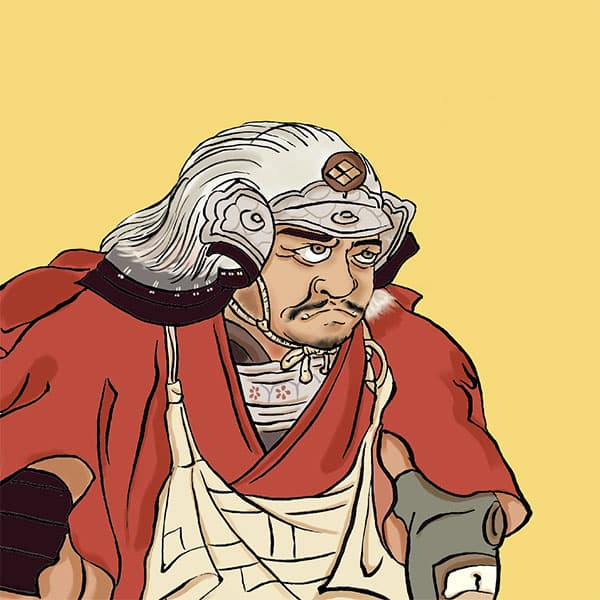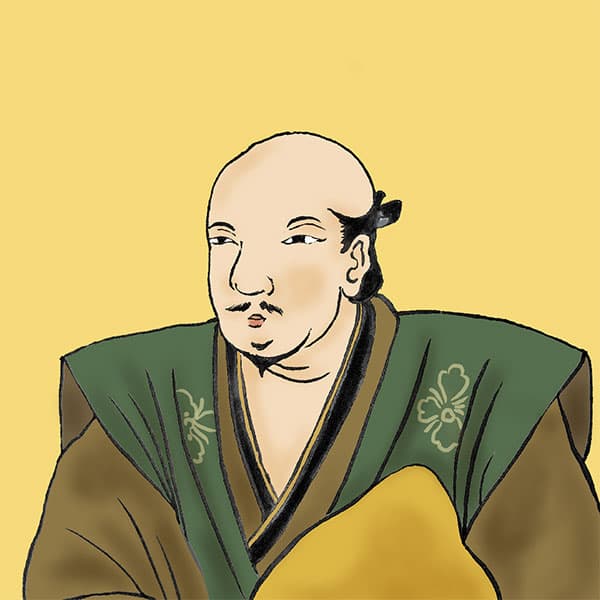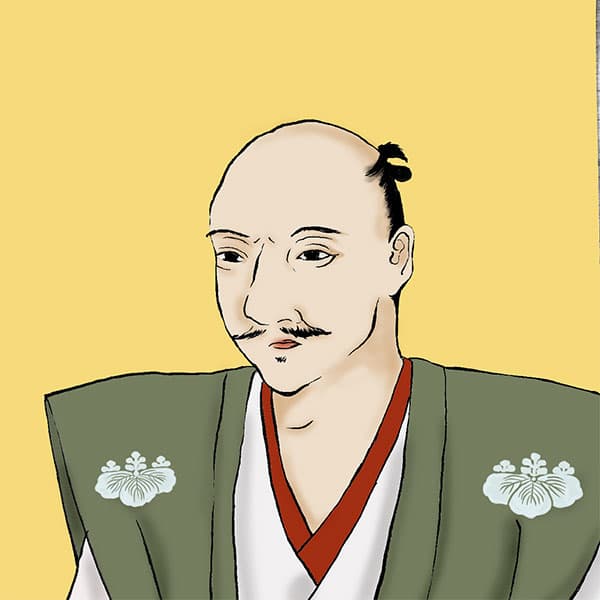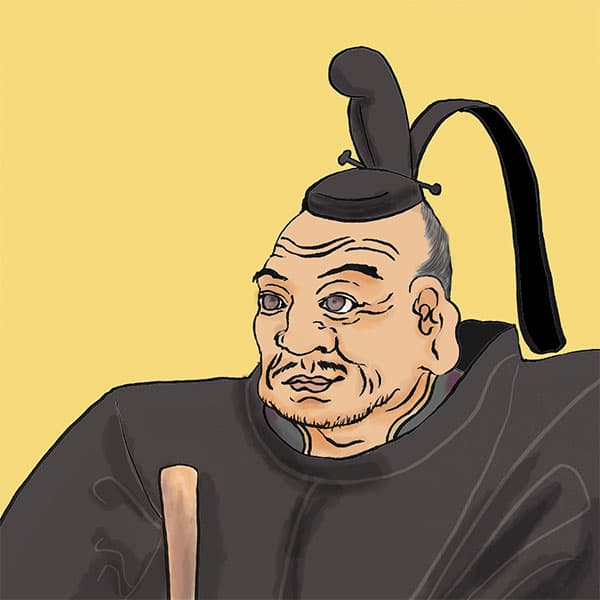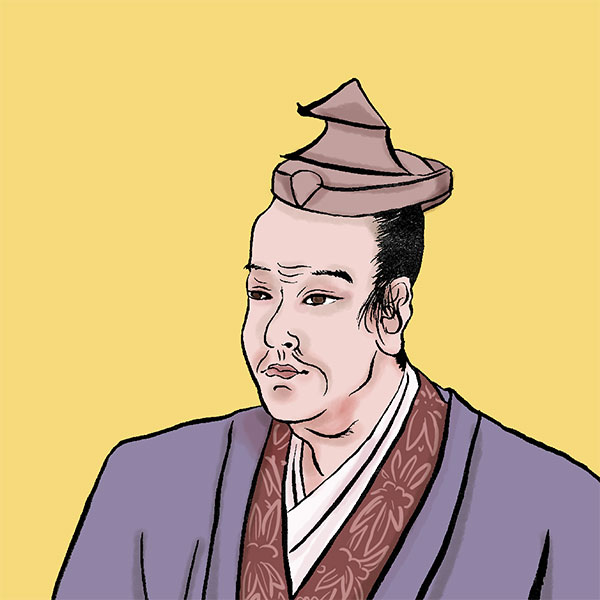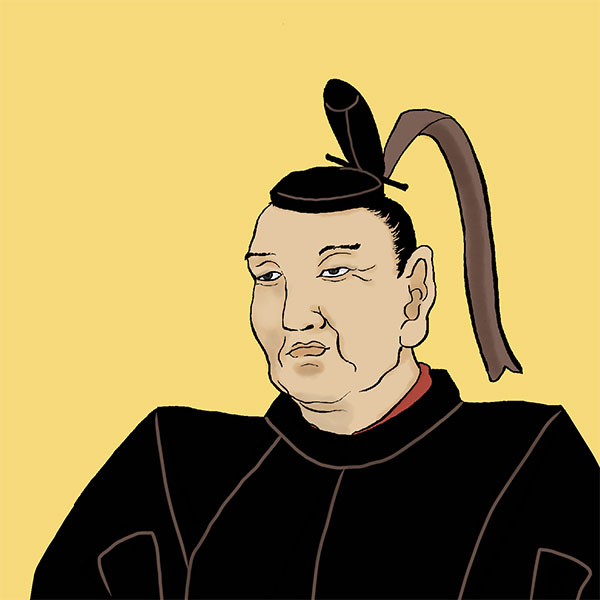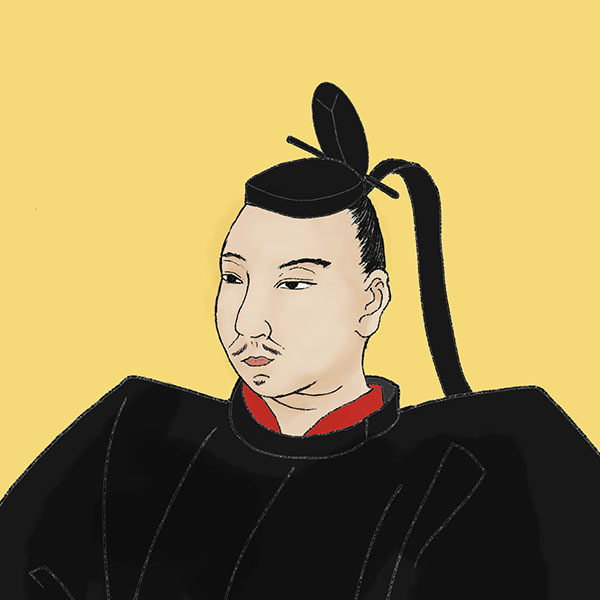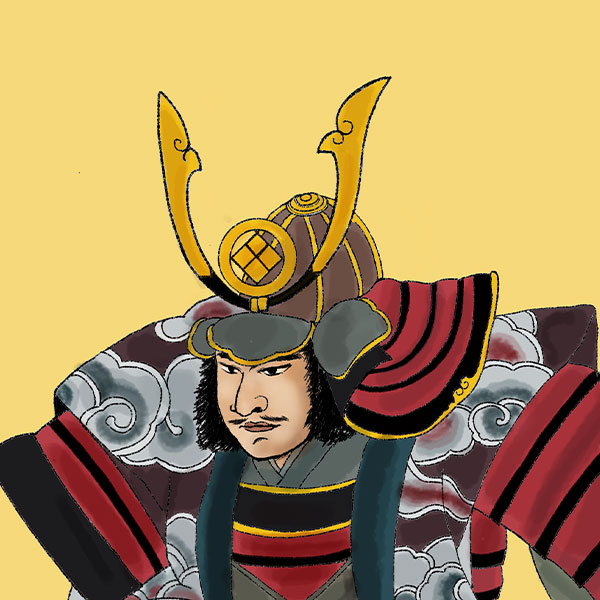Conquest of Koshu (1/2)Nobunaga and Ieyasu attack and destroy the Takeda clan
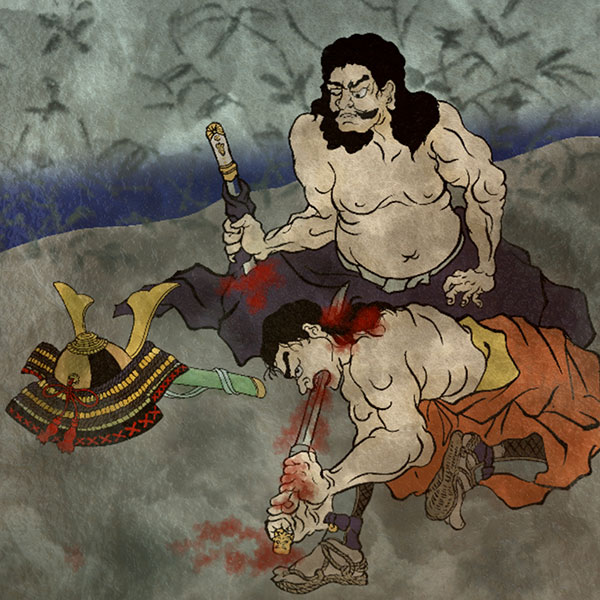
Conquest of Koshu
- Article category
- case file
- Incident name
- Conquest of Koshu (1582)
- place
- Yamanashi Prefecture
- Related castles, temples and shrines

Kofu Castle
- people involved
From February to March 1582, Oda Nobunaga, along with Tokugawa Ieyasu and others, carried out the ``Koshu Conquest'' to attack the Takeda clan. Nobunaga did not overlook the Takeda clan, which had been weakened by the civil war over succession issues and the defeat at the Battle of Nagashino, and attacked and destroyed it with a large army. This time, I will explain the Koshu conquest in an easy-to-understand manner.
Takeda Shingen's successor problem
On April 12, 1573, Takeda Shingen died while returning from Higashi Mikawa to Kai. His fourth son, Katsuyori Takeda, succeeded him. Originally, Katsuyori was not raised as the heir of the Takeda clan, but as the heir of his mother's Suwa clan, a member of the Suwa Goryō clan.
However, in 1565, Shingen's eldest son, Yoshinobu Takeda, was disinherited because he was suspected of rebellion, and his other brothers had either become priests or had died, so Katsuyori suddenly became his successor. The Takeda vassals opposed this. The person who was supposed to be a vassal ended up becoming the head of the Takeda clan, so it doesn't feel good.
For this reason, Shingen made Katsuyori's son, Nobukatsu Takeda, the official heir, and appointed Katsuyori as the guardian and successor until the young Nobukatsu grew up. Shingen's will also clearly states that ``Katsuyori is Jindai (guardian)''.
In such a situation, Katsuyori took over the headship of the family, but the discord with his vassals continued and he was unable to fully control the whole family. In order to unite the Takeda clan, show off his power, and force them to obey him, Katsuyori invaded the surrounding countries. They showed great success by capturing 18 castles of the Oda side in Higashi Mino (present-day southern Gifu prefecture).
Did he surpass Shingen in the “Battle of Takatenjin Castle”?
One notable example of Takeda Katsuyori's success is the ``Battle of Takatenjin Castle'' in May 1574, when he attacked Takatenjin Castle in Totomi Province (Kakegawa City, Shizuoka Prefecture), which was ruled by the Tokugawa clan. Originally, Takeda Shingen and Nobunaga had a friendly relationship. This relationship can also be seen from the fact that Nobunaga's adopted daughter was married to Katsuyori.
However, as a result of Nobunaga's burning of Enryaku-ji Temple on Mt. Hiei and Yoshiaki Ashikaga's siege of Nobunaga, the two sides gradually came into conflict. Katsuyori followed in his footsteps and repeatedly invaded Oda and Tokugawa territories. One of them was Takatenjin Castle.
Takatenjin Castle was known as an impregnable strategic point that took advantage of its natural topography, and was said to be a transportation hub that said, ``Whoever controls Takatenjin controls Totomi.'' Originally a castle belonging to the Imagawa clan, it became a castle of the Tokugawa clan after the Battle of Okehazama. In fact, Takeda Shingen also attacked Takatenjin Castle during the Nishigami Campaign in 1572, but retreated within a day. This led to him being able to defeat Takatenjin Castle more than his father! I would like to say that, but in fact, recent research has shown that the theory that there was no siege is the most likely.
Now, Katsuyori attacks Takatenjin Castle with a large army of 25,000 men. At this time, the lord of Takatenjin Castle was Nobuoki Ogasawara, with about 1,000 soldiers. Due to the overwhelming difference in military strength, Tokugawa Ieyasu requested reinforcements from Nobunaga, but it was not received in time and Takatenjin Castle succumbed to the fierce attack of the Takeda side and was surrendered. At this time, Katsuyori accepted Takatenjin Castle's request, and as a condition of surrendering the castle, he guaranteed the lives of the soldiers, and the military commanders were not detained and were free to either go to the Takeda side or remain with the Tokugawa side. While Katsuyori's stock rose considerably due to this generous measure, the Tokugawa clan's relationship of trust deteriorated as reinforcements were not received in time. As a result, many military commanders fell to the Takeda side.
Defeat at the Battle of Nagashino was the first step towards extinction.
At first, Katsuyori Takeda was doing well and attacking those around him. They captured the Tokugawa clan's castles one after another, and in September 1574, they approached Hamamatsu Castle. The Takeda clan's territory has expanded to an all-time high, and if things continue like this, the Tokugawa clan will also be destroyed! ? However, the direction of the wind changed drastically with the Battle of Nagashino that occurred in May 1575.
The Battle of Nagashino was a battle in which Katsuyori attacked Nagashino Castle to subjugate Sadanoshi and Sadamasa Okudaira, who had betrayed the Takeda clan and joined the Tokugawa clan. The Takeda clan's army numbered 15,000 (there are various theories). In response, Tokugawa Ieyasu requested reinforcements from Oda Nobunaga. This time the reinforcements arrived in time, and the 38,000 Oda-Tokugawa combined army defeated the Takeda army.
The Takeda army suffered heavy losses in this battle. Yamagata Masakage, Baba Nobuharu, and Naito Masahide, who were senior vassals who had served Takeda Shingen since the era and were known as the ``Takeda Four Heavenly Kings,'' died in the battle, as well as over 10,000 people, including Masatsugu Tsuchiya, Nobutsuna Sanada, and Masateru's father and son. Katsuyori managed to retreat to Takato Castle (Takato Town, Ina City, Nagano Prefecture).
Conflict with the Hojo clan, and Takatenjin Castle falls
After that, Katsuyori Takeda focused on rebuilding the Takeda clan, which had suffered a huge blow, but the Oda and Tokugawa forces attacked the Takeda clan's castles one after another. Due to these movements, Takatenjin Castle became isolated. In October 1580, the Tokugawa army surrounded Takatenjin Castle and began a food raid.
Takatenjin Castle asked Katsuyori for help, but no reinforcements came. It is said that the reason for this was that Katsuyori was afraid of Nobunaga's departure to the front, that he was trying to make peace with Nobunaga and was afraid of the influence, or that it was far from that because he was in conflict with the Hojo clan.
After the Battle of Nagashino, Katsuyori tried to rebuild the Takeda clan by strengthening his alliance with the Uesugi and Hojo clans. In October 1575, he made peace with the Uesugi clan, and in 1577, he welcomed Ujimasa Hojo's younger sister to his rear room. Although the relationship with each of them was strengthened in this way, the relationship between the Uesugi clan and the Hojo clan was bad and the Tripartite Alliance was not reached.
Meanwhile, on March 13, 1578, Uesugi Kenshin died of illness, and the Otate Rebellion, a dispute over the family succession, broke out. There was a fight between Uesugi Kagetora (Hojo Saburo), Hojo Ujimasa's younger brother, and Uesugi Kagekatsu, Kenshin's nephew, but Katsuyori failed to take control at this time, and although he was able to make peace with Uesugi, his relationship with the Hojo clan deteriorated, and Shingen The alliance that had been going on since then broke up. After that, the Hojo clan formed an alliance with the Tokugawa clan and became completely hostile to the Takeda clan. Katsuyori had increased his number of enemies.
Let's get back to Takatenjin Castle. With no hope of reinforcements from Katsuyori, Motonobu Okabe, who was defending Takatenjin Castle, sent a letter to the Tokugawa side in January 1581, pleading for his life. However, Nobunaga, who was consulted by Ieyasu, refused. If Katsuyori sent out reinforcements, it would be a chance to crush them, and if he couldn't send out reinforcements, he thought it would be a chance to undermine the prestige of the Takeda clan, saying, ``Katsuyori abandoned Takatenjin Castle.''
Takatenjin Castle suffered from severe hunger, resulting in many deaths from starvation. Unable to endure it anymore, Motonobu and his friends marched out of the castle with over 700 castle soldiers in March 1999, and were defeated in a fierce battle. The castle has fallen.
Conquest of Koshu ① Defection of Yoshimasa Kiso
By abandoning Takatenjin Castle, Takeda Katsuyori's prestige suffered, and some of the Takeda clan's senior retainers defected to the Oda side. Moreover, Katsuyori built a new castle in Shinpu Castle (Nakata-cho, Nirasaki City, Yamanashi Prefecture) in 1581. The headquarters had been relocated due to the lack of defense capabilities of Tsutsujigasaki-kan and the control of Takeda territory, but due to the construction of Shinpu Castle and the successive dispatch of troops, Katsuyori decided to impose a considerable annual tax and corvée on the people of the territory. This became a major factor in the loss of public interest from Katsuyori.
- people involved

- WriterNaoko Kurimoto(Writer)I am a former travel industry magazine reporter. I have loved history, both Japanese and world history, since I was a child. I usually enjoy visiting temples and shrines, especially shrines, and often do ``pilgrimages to sacred places'' themed around historical figures. My favorite military commander is Ishida Mitsunari, my favorite castle is Kumamoto Castle, and my favorite castle ruins is Hagi Castle. My heart flutters when I see the ruins of battle castles and the stone walls of castle ruins.


